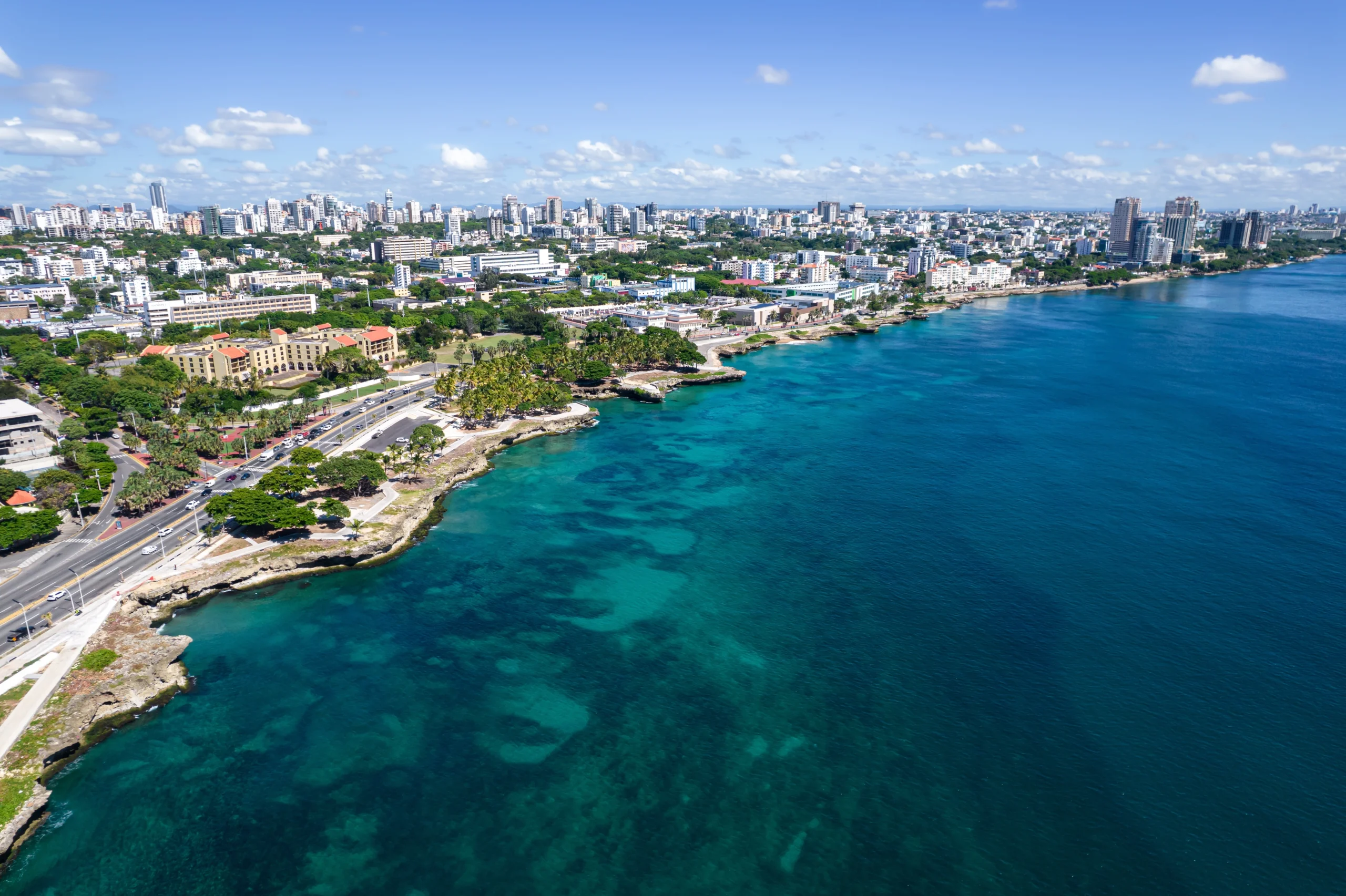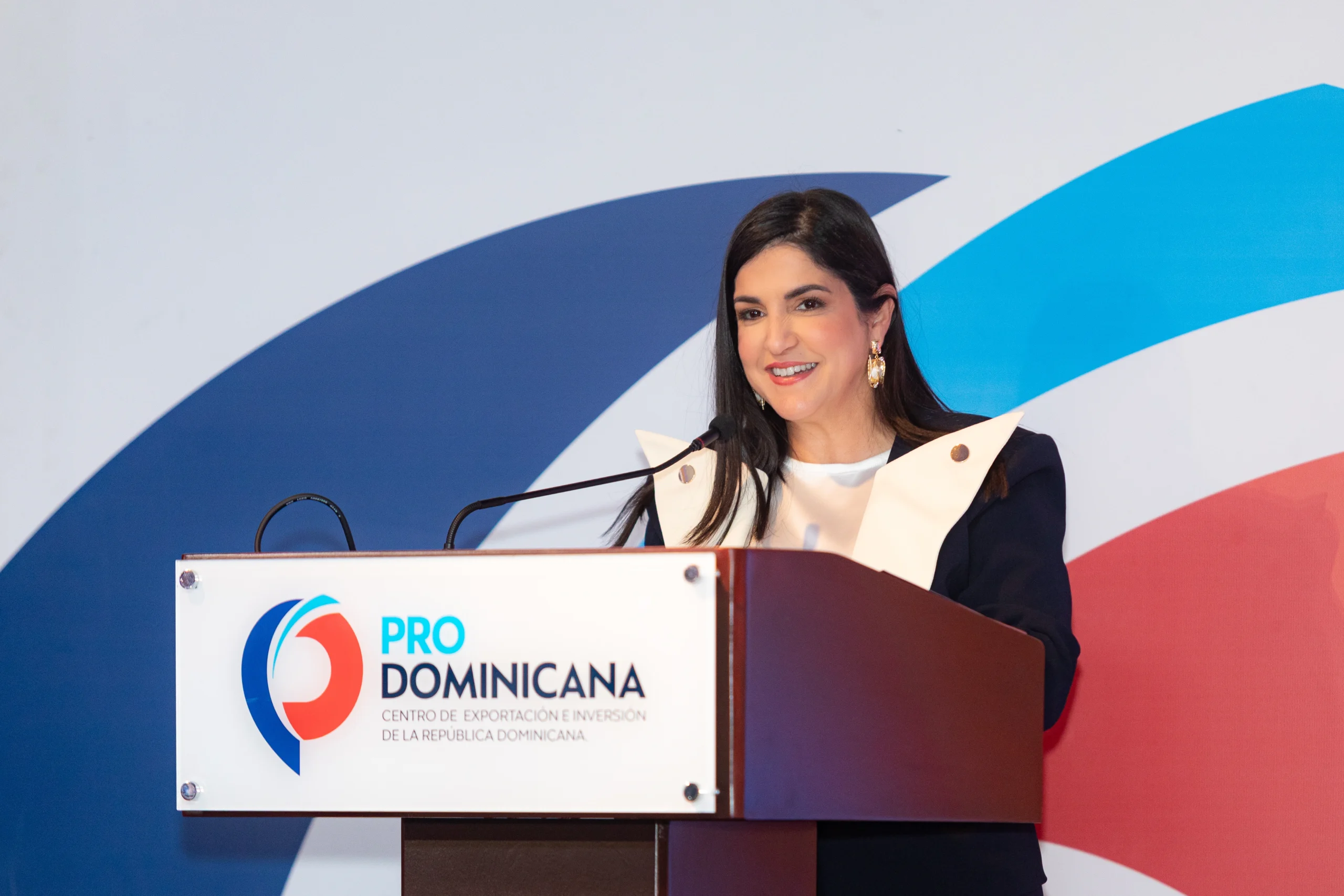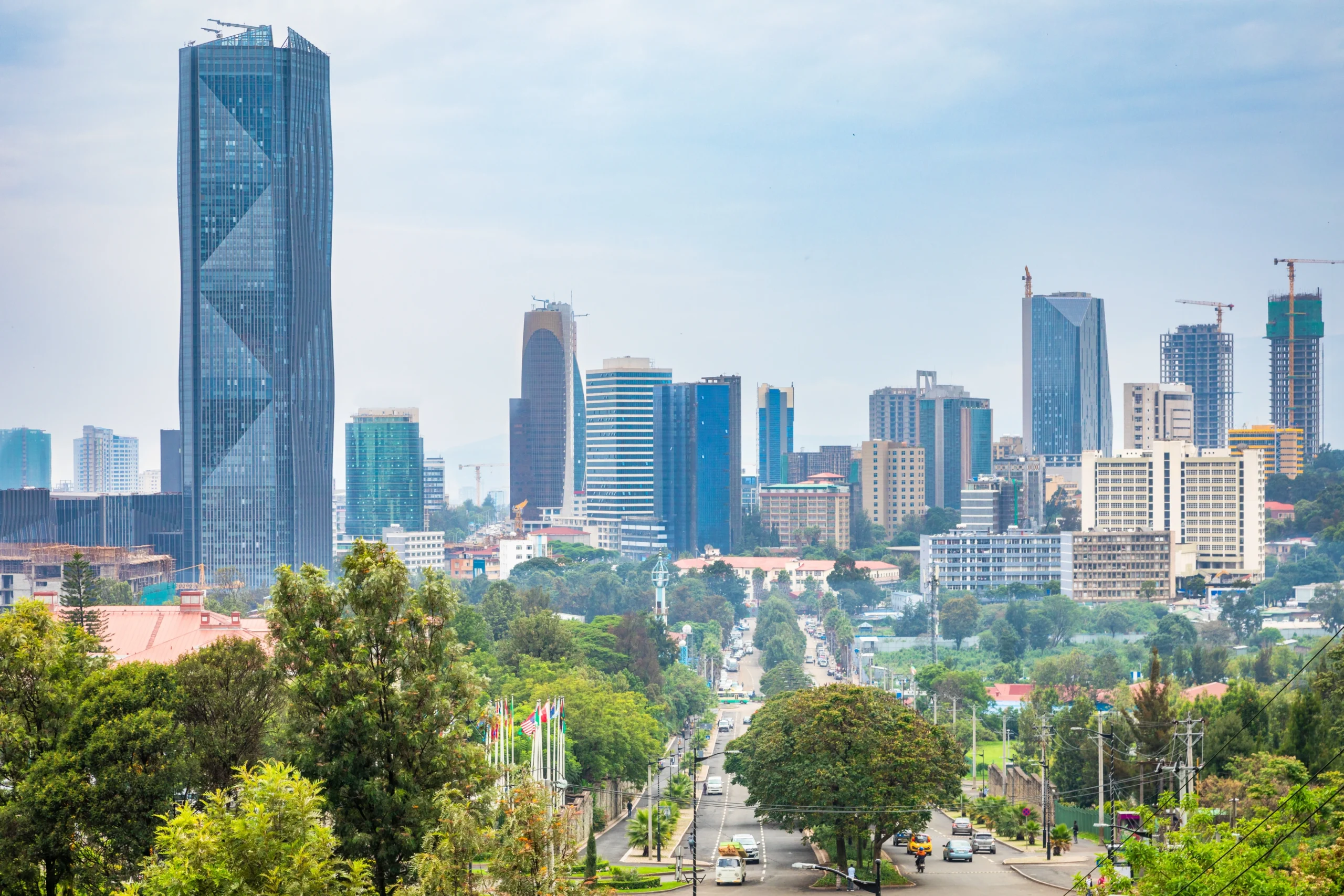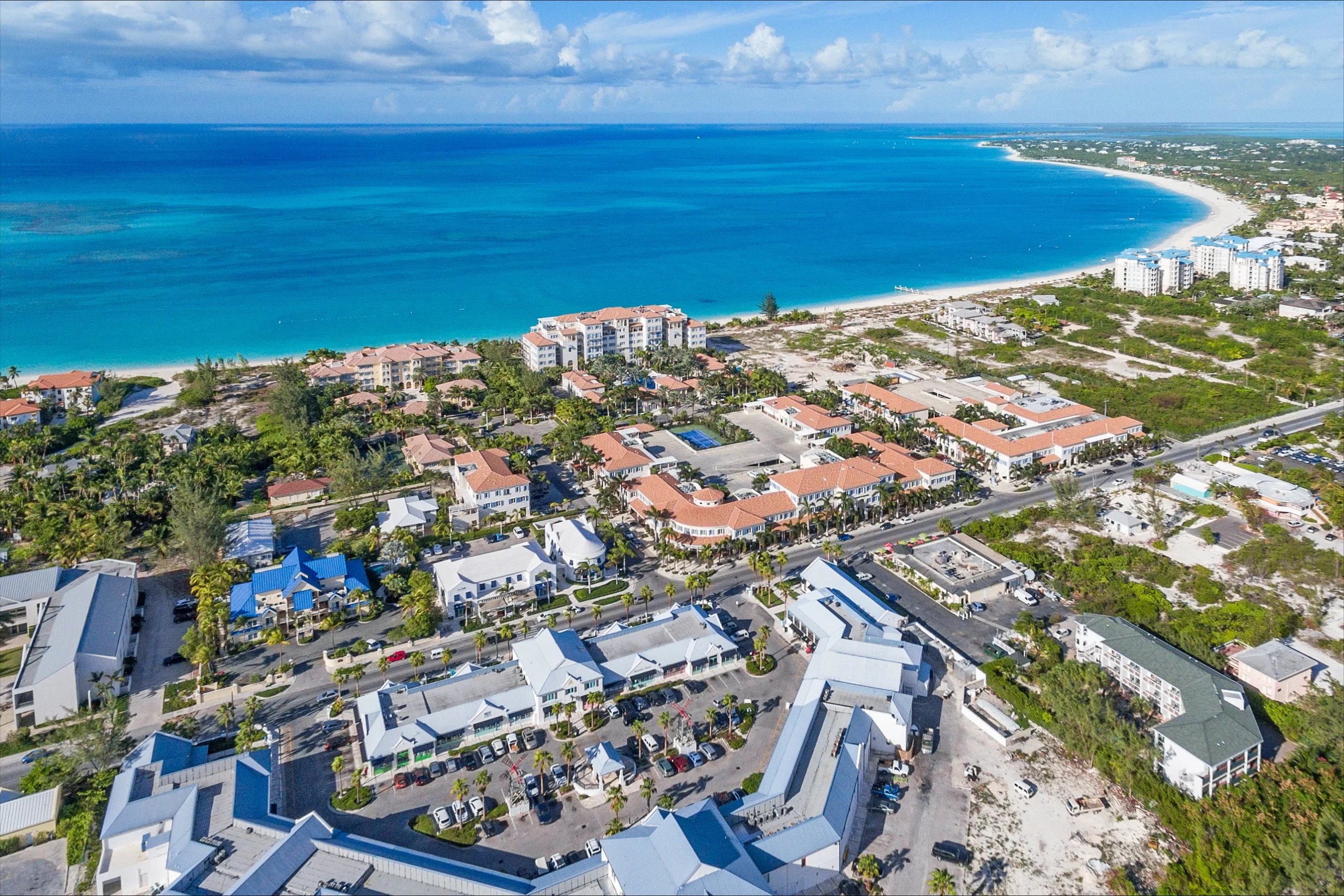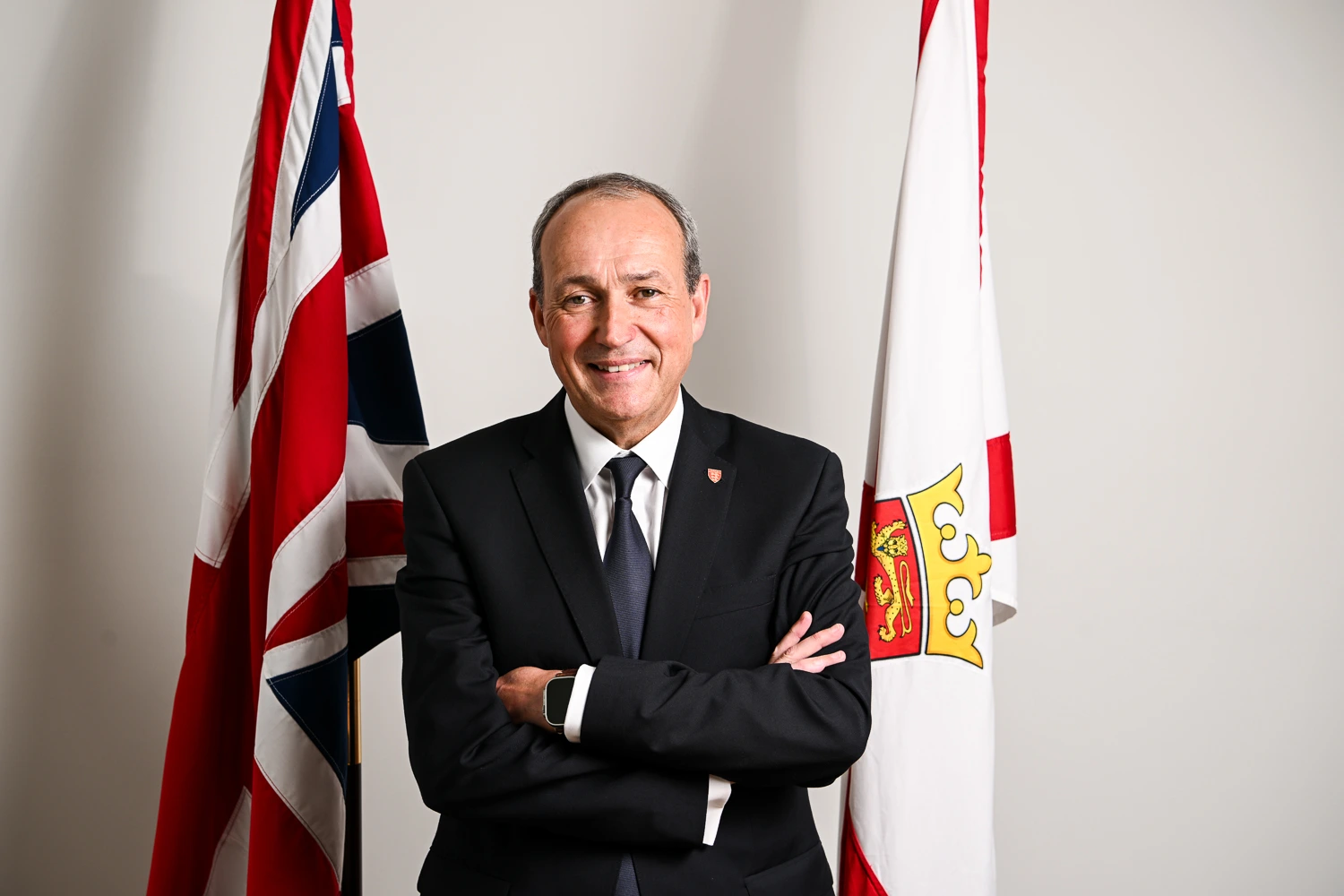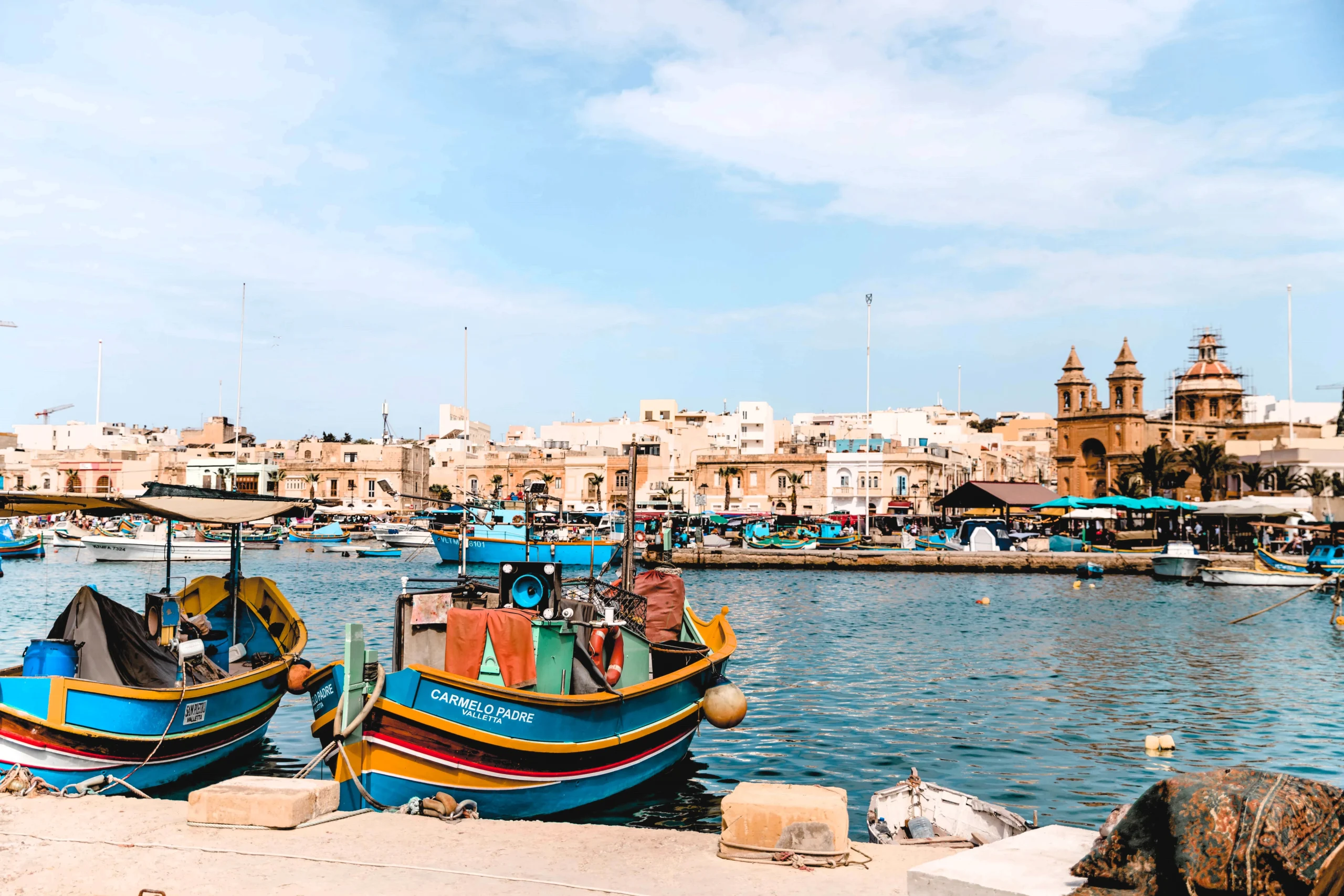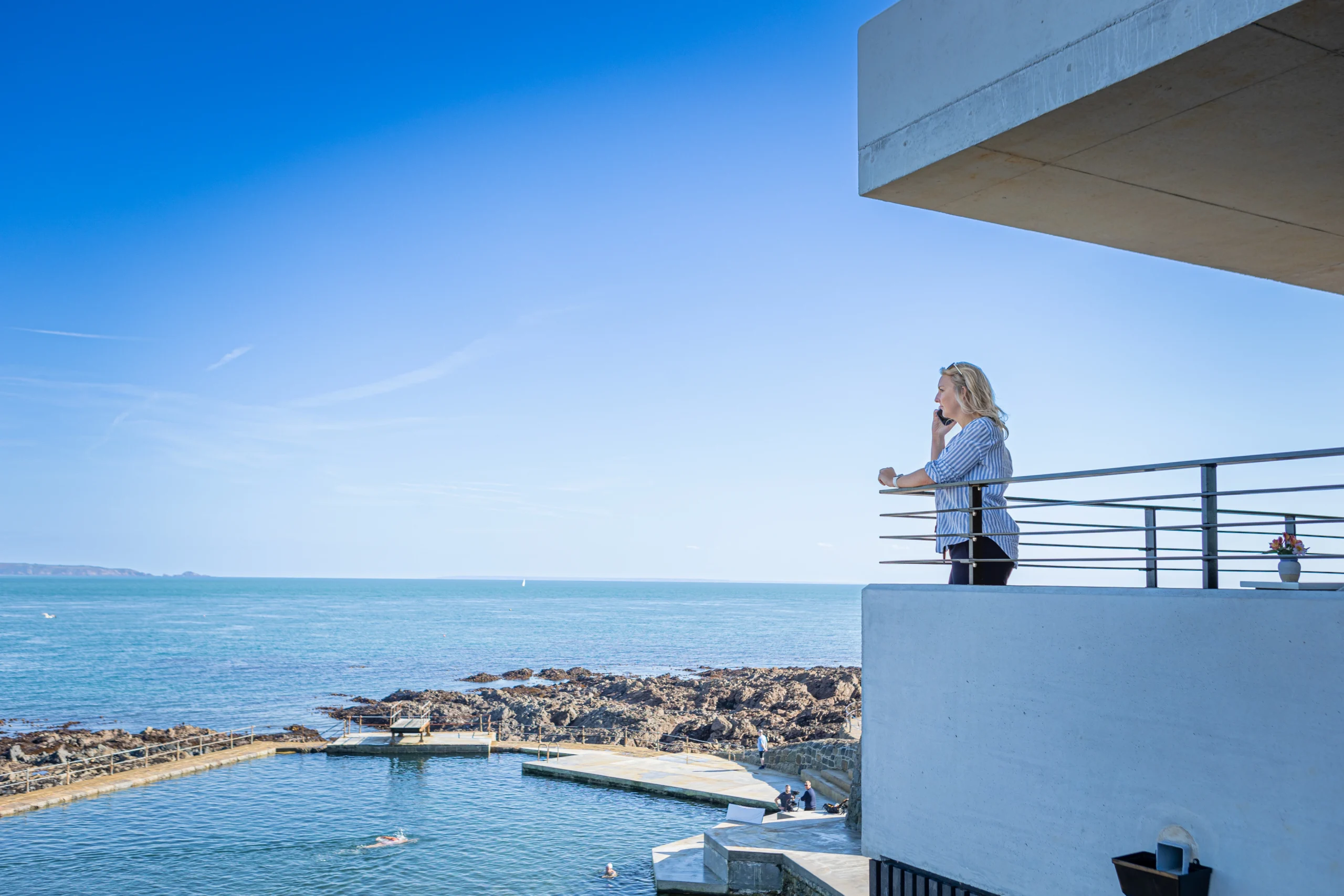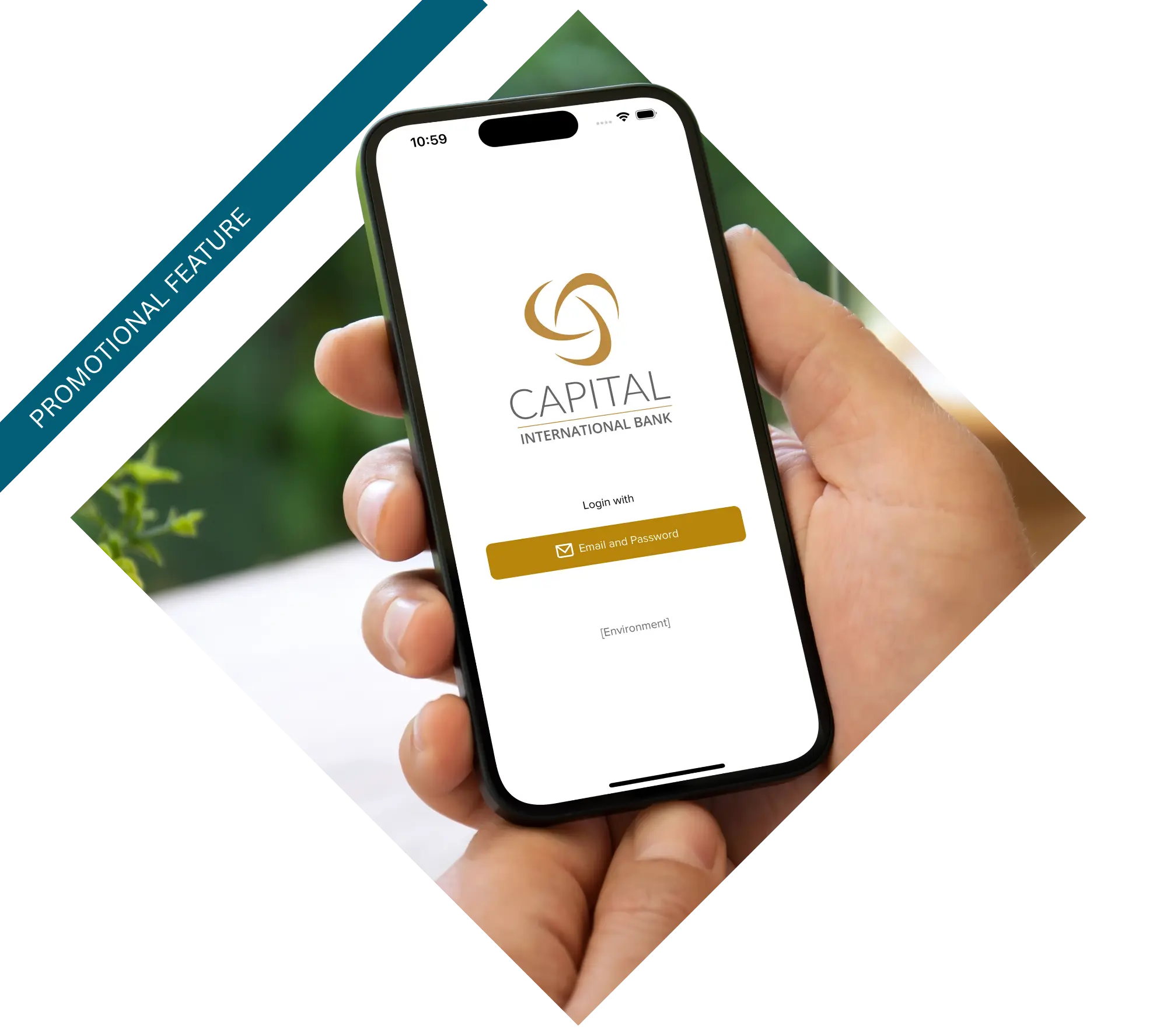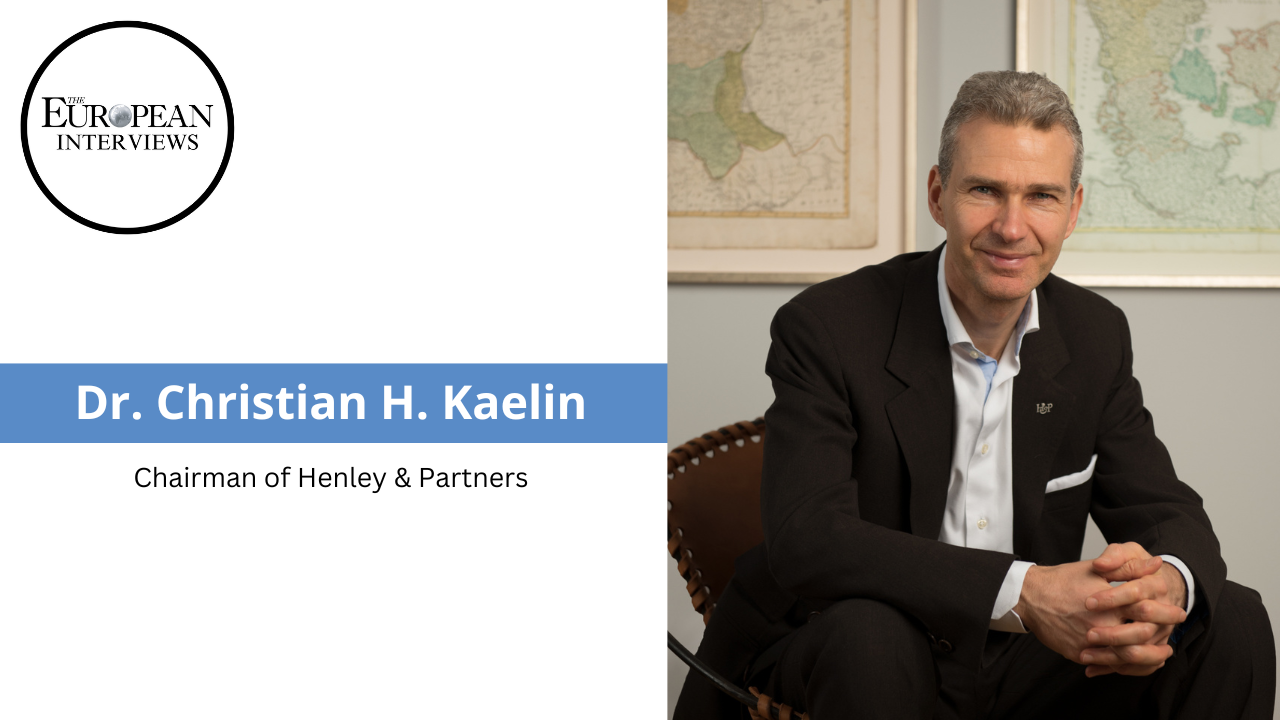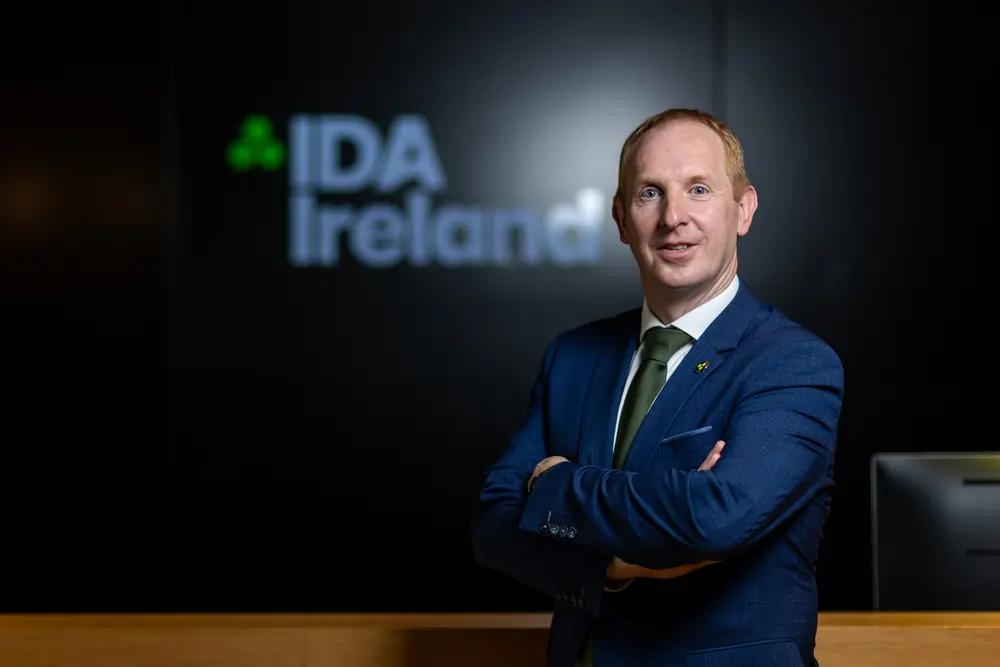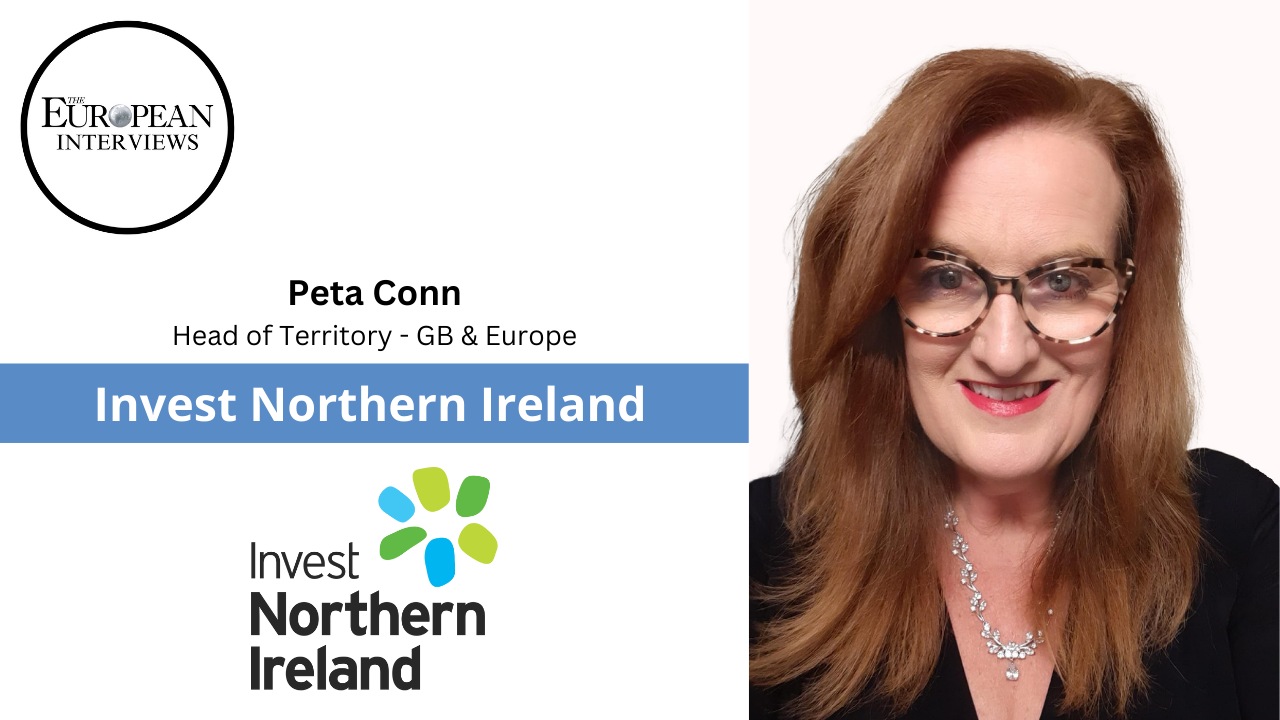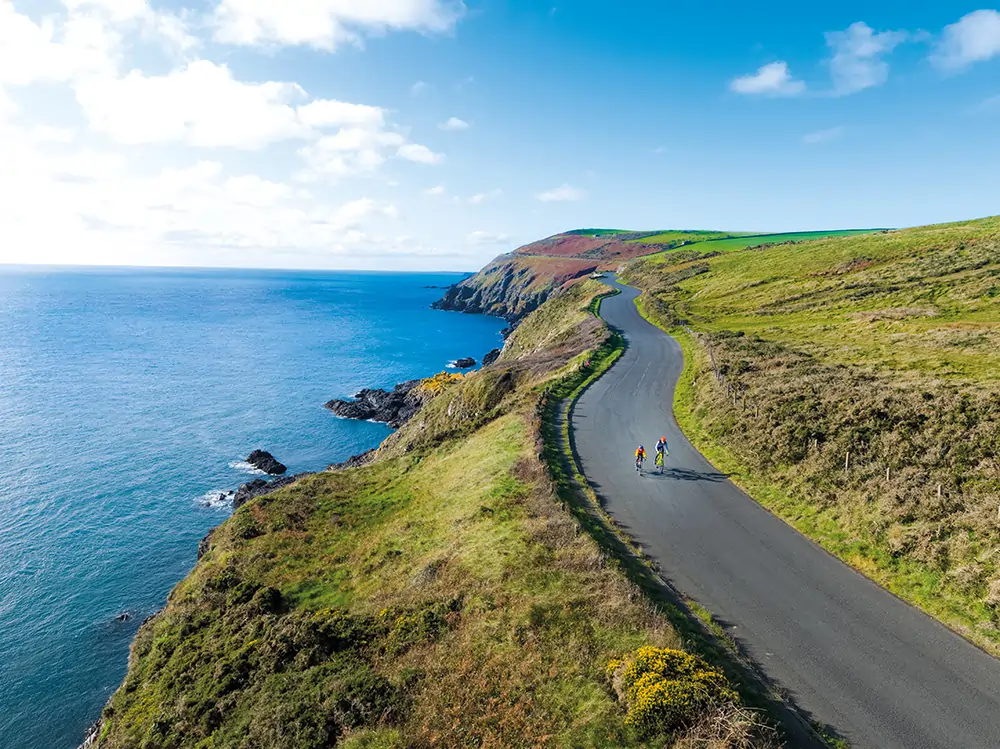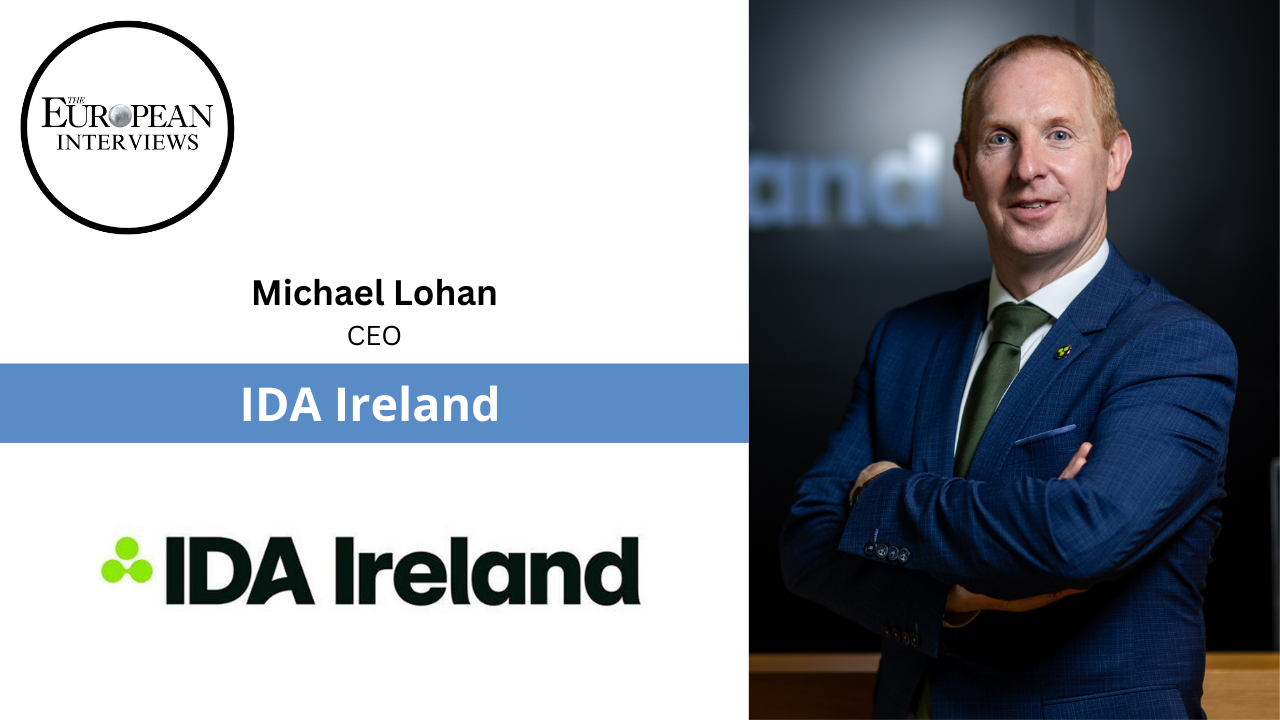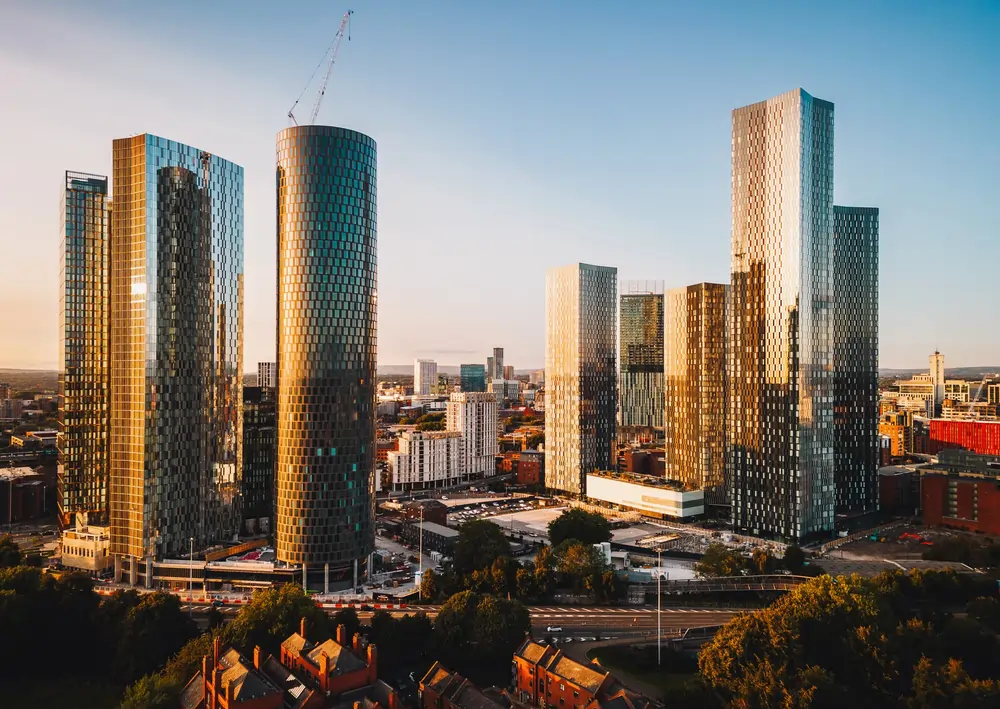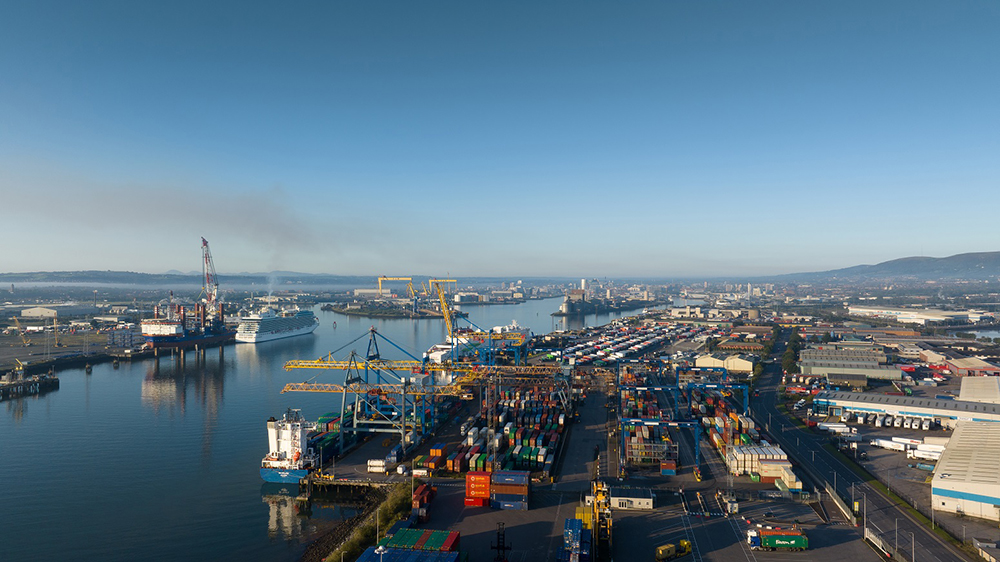Creating change in Costa Rica

John E. Kaye
- Published
- Foreign Direct Investment, Home

An interview with Paola Bulgarelli, Lead Strategic Projects & Diversity Focal Point, CINDE
If we are to advance towards gender equality, a combination of strategic thinking and cultural awareness is essential. No organisation understands this better than the Costa Rican Investment Promotion Agency (CINDE). CINDE has continued to foster a culture that empowers women and builds awareness about the gender divide in Costa Rica – efforts that have been recognised by the United Nations Conference on Trade and Development in its ‘Mainstreaming Gender Equality in Investment Promotion’ report. The European spoke to Paola Bulgarelli, Lead Strategic Projects & Diversity Focal Point at CINDE to find out more about the organisation’s work in tackling this difficult issue.
Gender equality is one of the UN’s Sustainable Development Goals. Where do you think Costa Rica is on the path to achieving this objective?
Paola Bulgarelli: Like many other countries in the world, Costa Rica faces several challenges to tackle a gender gap that unfortunately grows year after year. According to the World Economic Forum in its latest report, it will take approximately 253 years to close this gap, which has unfortunately increased due to the current pandemic.
Costa Rica has been selected as the seventh country in the world to implement the Gender Parity Initiative led by the World Economic Forum and the Inter-American Development Bank, which seeks to develop a national agenda over a three-year period. We also had the opportunity to be part of the first generation of the Women’s Global Development and Prosperity Initiative (WGDP) that selected 13 countries to share practices and discuss proposals in public policies according to the World Bank report. This was combined with the establishment of a High Level Commission led by the Vice Presidency of Costa Rica, which by decree will lead the design and implementation of a national agenda that allows economic empowerment and the employment of women. Playing a part in all of these initiatives, CINDE has focused its efforts in three main areas:
Education – Currently we are not only developing an educative approach on gender issues, but by 2021 we plan to start a Diversity & Inclusion education programme, the basis of which will be understanding the unconscious biases that impact decision-making. This process is to be shared not only with leaders of various organisations, but also those who have the first contact with candidates, such as recruitment, marketing, and communications.
Generation of work opportunities – We work hand in hand with commerce and non-governmental organisations, such as Ideas en Acción and Rocket Girls, to design training and employment programmes. We need to generate mechanisms for measuring the impact of the investments that are made, and if countries, companies, and individuals are investing in training programmes, they must result in job opportunities. We must create a platform for women to develop skills for the workplace.
Communication – The issue of gender, or any equality gap, is a result of cultural perceptions in the respective country. Therefore, the media is integral to successful implementation of gender equality efforts. We live in a digital world, and this can reinforce negative biases and behaviours. To close the gender gap we are talking about a cultural/mindset change. The media plays a fundamental role in communication and education, which is why we are setting up alliances that will ensure key content is geared towards educating people in a more natural way, whether at home, or between groups of friends, etc.
For CINDE, these three areas have two main objectives. The first is the generation of data: we cannot carry out these initiatives without knowing if they are contributing to our goals. The second is the inclusion of the ‘user’ in the discussion. Bringing the user to the table is fundamental, as we cannot continue to build programmes from privileged positions. We need to understand, in order to make a cultural change, the user is integral to the design of actions.
How is Costa Rica ensuring that women have equal opportunities when it comes to securing stable employment?
One of the main things we have done is to understand the profile of unemployed women and where they live in Costa Rica. While it is true that we need to encourage the development of skills that are aligned with the knowledge economy, we also must understand where the skills gap is. In Costa Rica, unemployment has a female face, most likely a single mother or a woman who has not completed her studies, among others.
Generating employment options for these women is totally different from the options available for women who have studied at university. Understanding their profiles and aligning them with employment opportunities that include English language proficiency, plus STEM skills has proved to be a winning formula.
Our job is to develop employment initiatives hand in hand with the commercial sector. This year, in partnerships with Procter & Gamble and a number of other companies, we managed to generate employment options for 80% of women participating in different programmes, such as a programme designed for women above 35 years old with an engineering background.
By 2021 these programmes must be achieving their goals and generating employment opportunities in different regions of the country. These job creation initiatives must also be accompanied by awareness programmes for women prior to starting training. Not all women will study STEM careers, but all can learn STEM skills and apply them to the sector in which they work.
We also work on programmes for women who are already employed. We are currently launching an initiative with a network of female leaders of Costa Rican companies; those occupying general management positions to design a plan of action that will encourage and increase the number of women in leadership positions. Let us not forget the first problem is job placement, but the second is the progression of women in the professional field.
How do you feel gender equality benefits the Costa Rican economy?
Closing the gender gap is part of the economic agenda, not the social one. Female employment means the creation of jobs, the reduction of poverty levels, and the reduction of children dropping out of the educational systems, among other factors.
It has been proven that women invest in others. Therefore, giving a job opportunity to a female head of a household in a country like Costa Rica will guarantee three more people will be lifted out of poverty.
Our new reality during and after a pandemic will demand that we come up with initiatives to create new job opportunities, but also to re-activate sectors such as tourism and commerce that currently have more women as part of their workforce. At the same time, we must work on the transformation of specific sectors. We must learn what the new reality is for sectors such as education, health, creative, and what skills people will need to support these economies.
All these actions have a direct impact on our economy, and we will be supporting sectors that mostly have a representation of women, or that can generate new opportunities for them.
What lessons can be shared with other organisations to create a successful gender strategy?
Design solutions based on data and measure them. Invest time in understanding the root cause of the current issues, avoid assuming the reality is the same for all the people in our country. It is extremely important to use and generate data to make the proper decisions and changes – what’s not measured cannot be improved.
Users must be part of the conversation. One of the main problems regarding equality in any country is first understanding and recognising that there is a problem. The only way for a programme to be successful is to ensure that the targeted demographic is part of establishing a solution, so they will become ambassadors of the initiative.
Take time to educate stakeholders. Usually programmes will include training or awareness processes, but we need to educate stakeholders on inclusion topics so we really understand what is going on within our organisations. We need leaders to be ambassadors for progressing inclusivity issues. Most of the time discrimination reflects a lack of information, so awareness and education is key.
Further information
Sign up to The European Newsletter
RECENT ARTICLES
-
 Malta introduces Nomad Heritage Card for remote professionals
Malta introduces Nomad Heritage Card for remote professionals -
 How free global cities could reshape the future of migration
How free global cities could reshape the future of migration -
 Dominican Republic positions itself as Caribbean hub for sustainable trade and investment
Dominican Republic positions itself as Caribbean hub for sustainable trade and investment -
 Biviana Riveiro Disla speaks to The European about the Dominican Republic’s role as a hub for trade and investment
Biviana Riveiro Disla speaks to The European about the Dominican Republic’s role as a hub for trade and investment -
 Liechtenstein tops global index for foundations
Liechtenstein tops global index for foundations -
 Keeping the door open: wealthy UK citizens investing their way back into the EU
Keeping the door open: wealthy UK citizens investing their way back into the EU -
 Ethiopia emerges as a sustainable investment leader on the African stage
Ethiopia emerges as a sustainable investment leader on the African stage -
 France’s FDI renaissance marks a Nouvelle Ère for Europe
France’s FDI renaissance marks a Nouvelle Ère for Europe -
 The Turks and Caicos Islands: A new era for financial services and innovation
The Turks and Caicos Islands: A new era for financial services and innovation -
 Jersey in focus – an interview with Chief Minister Deputy Lyndon Farnham
Jersey in focus – an interview with Chief Minister Deputy Lyndon Farnham -
 Malta – a popular base for digital nomads
Malta – a popular base for digital nomads -
 Move to Guernsey: The Channel’s island gem
Move to Guernsey: The Channel’s island gem -
 Malta’s residency-by-investment programme: a clear path to permanent residency
Malta’s residency-by-investment programme: a clear path to permanent residency -
 The banking shift that Europe’s businesses can’t afford to ignore
The banking shift that Europe’s businesses can’t afford to ignore -
 High-net-worth Europeans turn to investment migration amid security fears
High-net-worth Europeans turn to investment migration amid security fears -
 Beyond the beaches: a spotlight on the Turks and Caicos Islands
Beyond the beaches: a spotlight on the Turks and Caicos Islands -
 Video Interview with Dr. Christian H. Kaelin of Henley & Partners
Video Interview with Dr. Christian H. Kaelin of Henley & Partners -
 Ireland’s resilience and future in Foreign Direct Investment
Ireland’s resilience and future in Foreign Direct Investment -
 Video Interview with Peta Conn of Invest Northern Ireland
Video Interview with Peta Conn of Invest Northern Ireland -
 The Isle of Man: Space to thrive
The Isle of Man: Space to thrive -
 Video Interview with Michael Lohan of IDA Ireland
Video Interview with Michael Lohan of IDA Ireland -
 Inside Look: Greater Manchester's Financial Services Boom
Inside Look: Greater Manchester's Financial Services Boom -
 Extraordinary opportunities for FDI in Ireland
Extraordinary opportunities for FDI in Ireland -
 Mozambique: A market of opportunities
Mozambique: A market of opportunities -
 Northern Ireland – Built for Business
Northern Ireland – Built for Business



